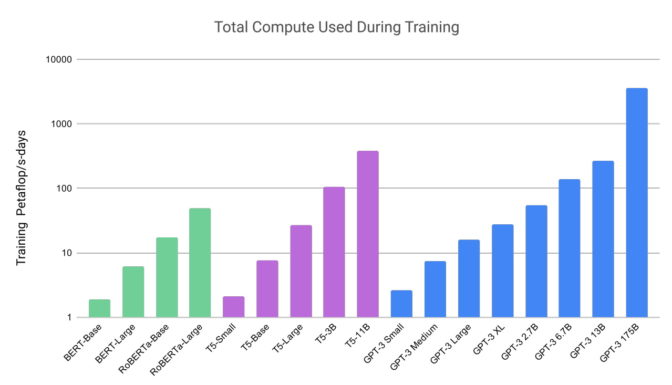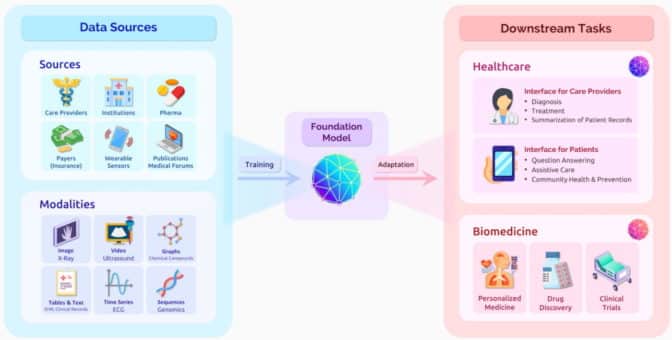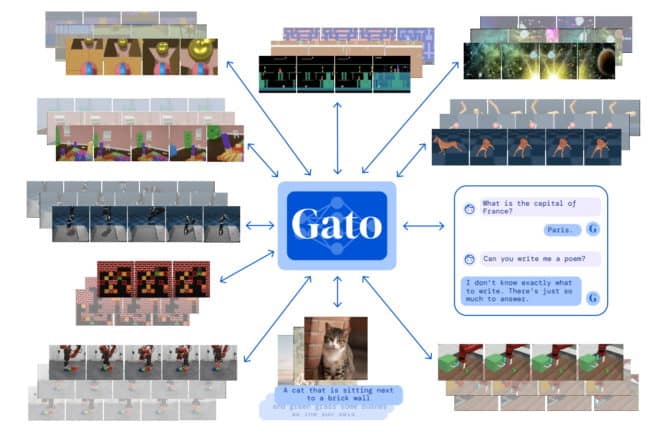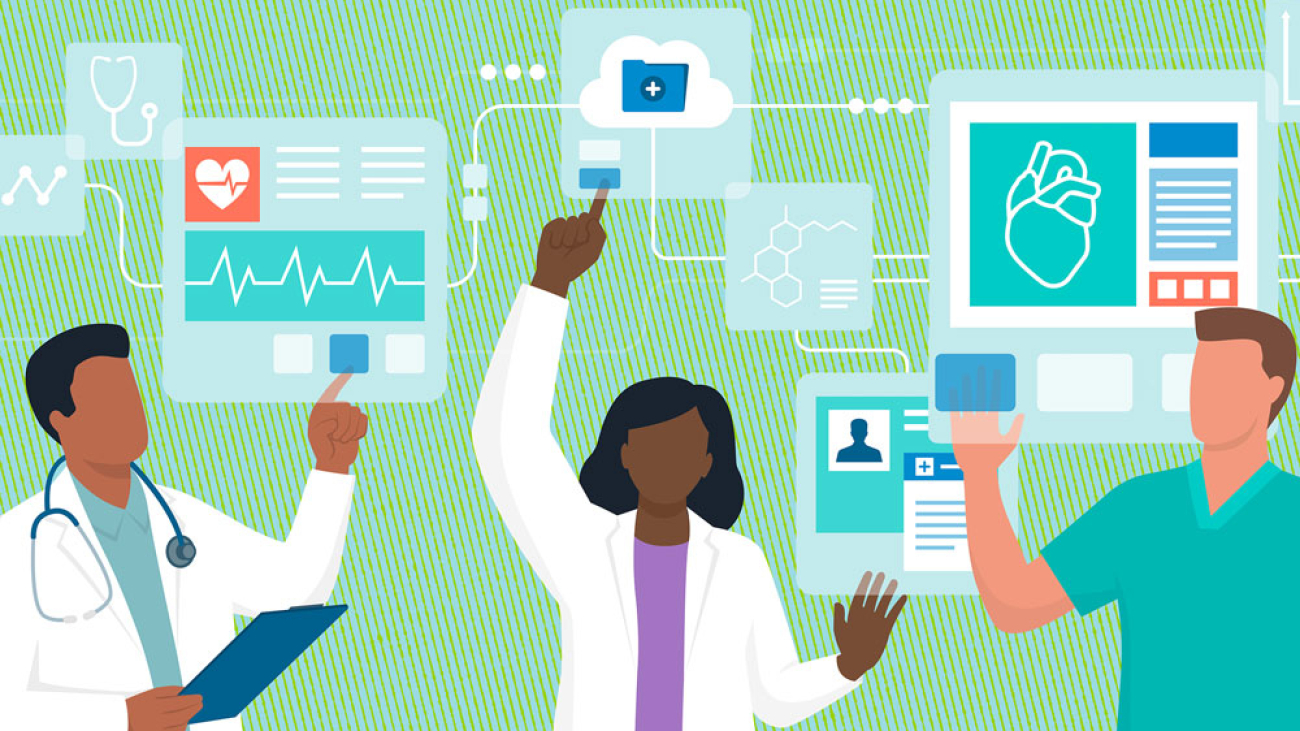The World Health Organization (WHO) estimates that nearly 1 billion people are living with a mental disorder, worldwide. During the global pandemic, the world saw a 25% increase in the prevalence of anxiety and depression. There was even a corresponding spike in searches on Google for mental health resources — which is a trend that continues to climb each year. To help people connect with timely, life-saving information and resources and to empower them to take action on their mental health needs, teams of Googlers are working — inside and outside of the company — to make sure everyone has access to mental health support.
Connecting people to resources on Search and YouTube
Before we can connect people to timely information and resources, we need to understand their intent when they turn to Search. Earlier this year, we shared our goal to automatically and more accurately detect personal crisis searches on Google Search, with the help of AI. This week, we’re rolling out this capability across the globe. This change enables us to better understand if someone is in crisis, then present them with reliable, actionable information. Over the coming months, we’ll work with partners to identify national suicide hotlines and make these resources accessible in dozens more languages.
Beyond the immediate needs related to mental health crises, people want information along their mental health journey no matter what it looks like — including content that can help them connect with others with similar experiences. To better support these needs, YouTube recently launched its Personal Stories feature, which surfaces content from creators who share personal experiences and stories about health topics, including anxiety, depression, post-traumatic stress disorder, addiction, bipolar disease, schizophrenia and obsessive-compulsive disorder. This feature is currently available in the U.S., with plans to expand it to more regions and to cover more health issues.
Scaling an LGBTQ+ helpline to support teens around the world
Mental health challenges are particularly prevalent in the LGBTQ+ youth community, with 45% of LGBTQ+ youth reporting that they have seriously considered attempting suicide in the past year. Since 2019, Google.org has given $2.7 million to support the work of The Trevor Project, the world’s largest suicide prevention and mental health organization for LGBTQ+ young people. With the help of a technical team of Google.org Fellows, The Trevor Project built an AI system that could identify and prioritize high-risk contacts while simultaneously reaching more LGBTQ+ young people in crisis.
Today, we’re granting $2 million to The Trevor Project to help them to scale their digital crisis services to more countries, starting with Mexico. With this funding, they will continue to build and optimize a platform to help them more quickly scale their life-affirming services globally. In addition, we’ll provide volunteer support from Google’s AI experts and $500,000 in donated Search advertising to help connect young people to these valuable resources. The Trevor Project hopes that this project will help them reach more than 40 million LGBTQ+ young people worldwide who seriously consider suicide each year.
Using AI-powered tools to provide mental health support for the veteran community
That’s not the only way The Trevor Project has tapped AI to help support their mission. Last year, with the help of Google.org Fellows, they built a Crisis Contact Simulator that has helped them train thousands of counselors. Thanks to this tool, they can increase the capacity of their highly trained crisis counselors while decreasing the human effort required for training.
Now we’re supporting ReflexAI, an organization focused on building AI-powered public safety and crisis intervention tools, to develop a similar crisis simulation technology for the veteran community. The Department of Veteran Affairs reports that more than 6,000 veterans die by suicide each year. ReflexAI will receive a team of Google.org Fellows working full-time pro bono to help the organization build a training and simulation tool for veterans so they can better support each other and encourage their peers to seek additional support when needed.
Perhaps the most potent element of all, in an effective crisis service system, is relationships. To be human. To be compassionate. We know from experience that immediate access to help, hope and healing saves lives.
When it comes to mental health, the most important path forward is connection. AI and other technologies can provide timely, life-saving resources, but the goal of all these projects is to connect people to people.
Note: Source for SAMSA quote









